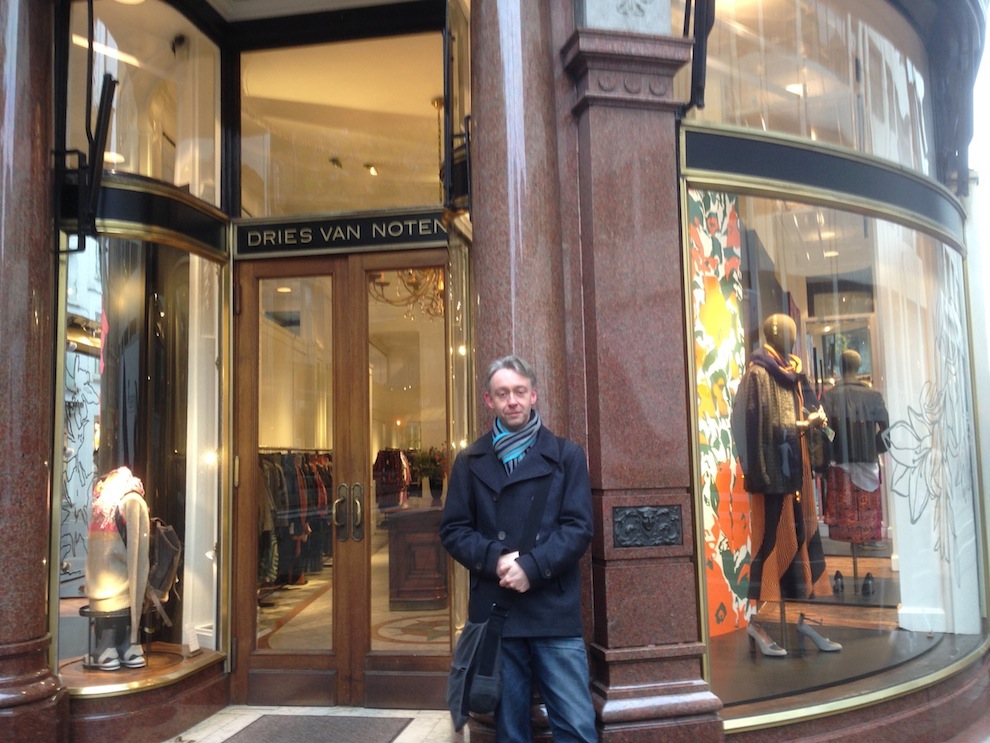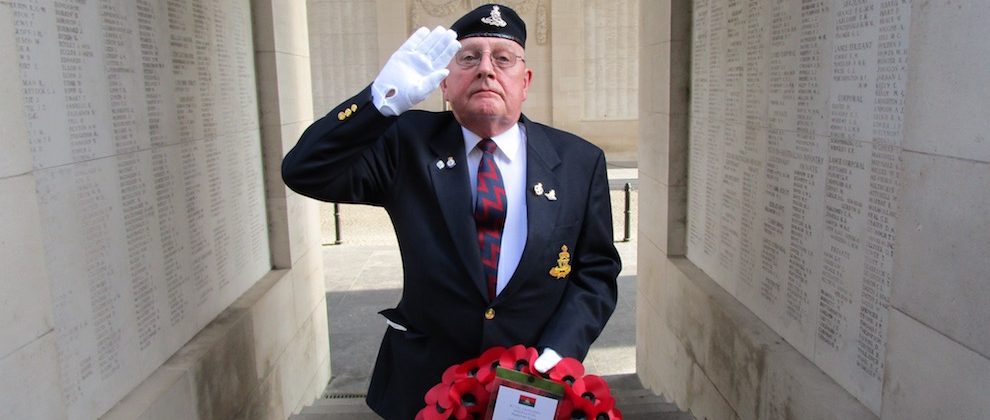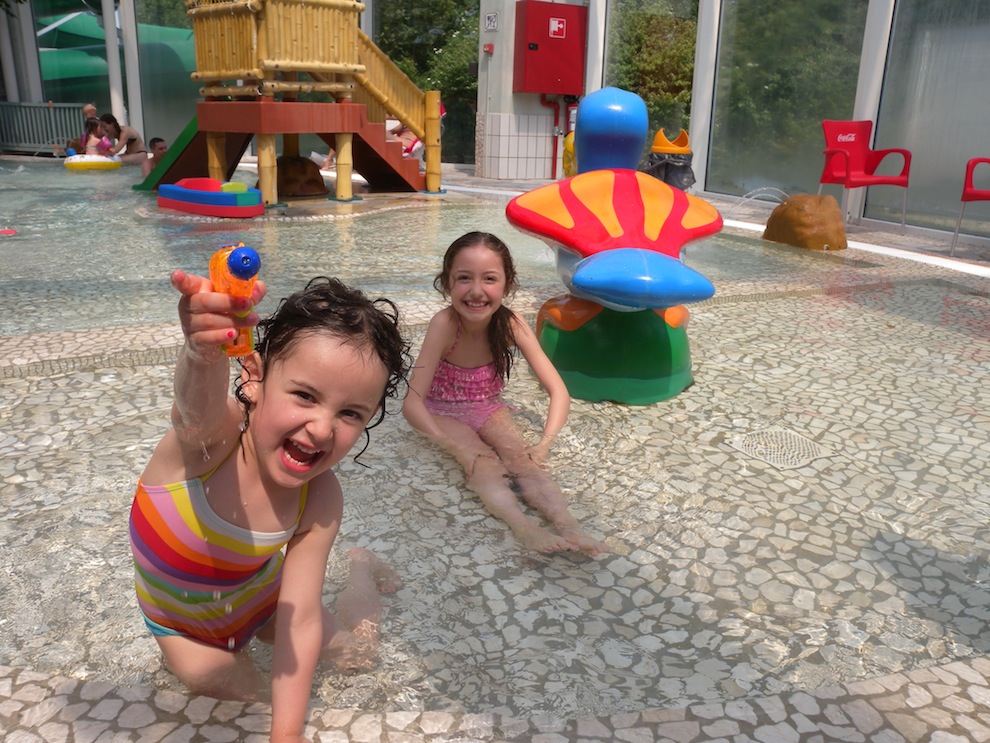
* My Rubens story was published at the weekend but took an edit to get into print, so here’s my full version of the feature.
The art world owes Rubens a debt.
The Flemish grand master not only bequeathed us his famously fleshy nudes but also a masterclass in colour, vibrancy and work ethic.
He also inspired future generations of artists from Van Gogh to Klimt as a new exhibition opening this weekend demonstrates.
“Rubens is about sensuality and colour,” says Nico Van Hout of the Royal Museum of Fine Arts in Antwerp.
“Without him, British art would not have the landscapes of Gainsborough or Constable.”
Peter Paul Rubens was born in Germany but moved to Antwerp as a child in 1589. Today, the Flanders capital of style, art and fashion boats more tangible traces of Rubens than any other European city.
From intricate alter pieces in drafty churches to the lavish carvings and statues at the house where he lived at the height of his creative powers, Antwerp is a living-canvas showcase for Rubens’ impact on European art.
Walking tour
A new self-guided walking tour of the elegant, medieval town centre reveals the locations that inspired and influenced his work.
Tracing a day-long route around 14 locations, some tucked away in cobblestone squares, others hidden behind majestic facades, it enables visitors to follow in his footsteps, discover his work and feel his presence.
I set out from under the shadow of the bonze statue of Rubens, towering weather worn but proud in a fetching doublet and hose, over the bustling cafes and winter-warmer eateries of central square Groenplaats.
I was heading for the Rockox House, the stately townhouse where Nicolaas Rockox, one of Rubens’ wealthy patrons, lived in the 17th century with his wife.
The house, all creaking floorboards, low ceilings and built around an oasis-of-calm courtyard, is currently home to the Golden Cabinet, a pop-up exhibition featuring Rubens’ The Prodigal Son among other classical works.
The artworks, heavy with religious images, complement the dark interior to reflect the strict moral codes of the times.
Weaving through the cobbled backstreets, I skirted the designer boutiques and café terraces along the majestic main shopping thoroughfare, Meir.
Artist studio
Beyond is the Rubens House, which hosts a new exhibition, Rubens in Private, to showcase Rubens’ lesser-known and intimate family portraits. It opens on March 28.
Rubens bought the property in 1610 and redesigned it as a vision of his own artistic ideals, blending Roman Antiquity with the folly of the Italian Renaissance.
The house reflected the artists’ high status in Antwerp society and his grand gestures, such as the statue gallery, triumphal arch and manicured garden pavilion, remain to this day.
Most evocative of all, however, is the bustling, wood-panelled workshop, where he created his masterpieces while visitors sought a brief audience with the grand master as he worked from the gallery overhead.
Two of his best-known works, Adam and Eve and The Annunciation, today find their own audience with a constant stream of devotees.
By contrast, the Museum Plantin-Moretus, included on the World Heritage List by Unesco in 2005 for its cultural heritage, is a less grandiose affair but nonetheless crucial to the Rubens story.
The home of the Plantin and Moretus families also housed the world’s oldest printing presses and publishing house.
The philosophical and theological tomes attracted the intelligentsia of European society in the 17th century and Rubens designed the title pages for many of the most popular works, which were distributed across the Catholic world.
Today the historic printing presses still appear ready to roll despite the advances of time in a gloomy, dark wood studio, while a copy of Rubens’ painting, The Four Philosophers, remains on display, the artists painting himself into the scene alongside the Moretus brothers.
Short cuts
In between visiting the locations, I took regular detours off the trail to explore interesting boutiques or galleries that caught my eye.
In the Latin Quarter, the area around the Rubens House, for example, Graanmarkt 13 combines a funky upstairs fashion and home goods store with a chic downstairs restaurant by local chief Seppe Nobels.
Cool boutiques by local designers line the sidestreets heading west towards the River Scheldt while Het Modepaleis [pictured above], the flagship store of Antwerp Six designer Dries van Noten, remains the shrine for local fashionistas with its Art Nouveau gold façade and sales assistant gliding around the shopfloor in designer garb.
For a coffee stop between museums, Gunter Watté is an artisan chocolate shop with a little cafe tucked away at the back. I sat back on the black-velour chairs for a sweet-toothed sanctuary on a wintery day while the immaculately coiffeured owner prepared delicate chocolate creations at the counter.
Private view
But the final stop on the tour brought me face to face to Rubens at his most visceral.
In early 16th century he was commissioned to design a series of triptychs for the Cathedral of Our Lady, which stands at the heart of the medieval city.
These lurid, colour-saturated works are still to be found within the hushed-reverence walls of the stained-glass interior to this day and include The Descent from the Cross.
The image, depicting the immediate aftermath of the crucifixion of Christ, perfectly captures Rubens’ skill as an artist to represent the anguish in Mary’s face and the rippling muscles of the guards holding Jesus’ lifeless body.
For devotees of his art across the generations, it’s the Holy Grail of Rubens’ artworks.
I stood and marveled at the brushstrokes, the emotion contained within, to finish the tour with a moment of silent communion.
Today Antwerp may be better known for its cutting-edge culture, rather than classical art, but the tentacles of Rubens’ influence are ever present and his legacy is boldly daubed across the cityscape.
Rubens died at home in Antwerp in 1640 and is buried in St James’ Church but, on the stylish streets of Antwerp, his spirit lives on.
GAZETTEER
Great Rail Journeys Independent offers packages, including return rail travel from London St Pancras to Antwerp, via Brussels, and two nights at the Hotel Julien with breakfast from £499pp, based on two people sharing.
Rubens and his Legacy runs January 24 to April 10 at the Royal Academy of Arts, London.
More from Visit Flanders; Visit Antwerp.
* The edit version of this story was first published in the Daily Express under the headline Antwerp’s living canvas.




